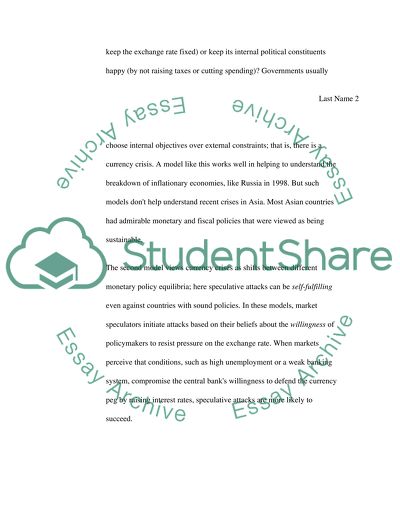Cite this document
(The Causes and Consequences of a Currency Crisis Essay, n.d.)
The Causes and Consequences of a Currency Crisis Essay. Retrieved from https://studentshare.org/finance-accounting/1532491-the-causes-and-consequences-of-a-currency-crisis
The Causes and Consequences of a Currency Crisis Essay. Retrieved from https://studentshare.org/finance-accounting/1532491-the-causes-and-consequences-of-a-currency-crisis
(The Causes and Consequences of a Currency Crisis Essay)
The Causes and Consequences of a Currency Crisis Essay. https://studentshare.org/finance-accounting/1532491-the-causes-and-consequences-of-a-currency-crisis.
The Causes and Consequences of a Currency Crisis Essay. https://studentshare.org/finance-accounting/1532491-the-causes-and-consequences-of-a-currency-crisis.
“The Causes and Consequences of a Currency Crisis Essay”, n.d. https://studentshare.org/finance-accounting/1532491-the-causes-and-consequences-of-a-currency-crisis.


